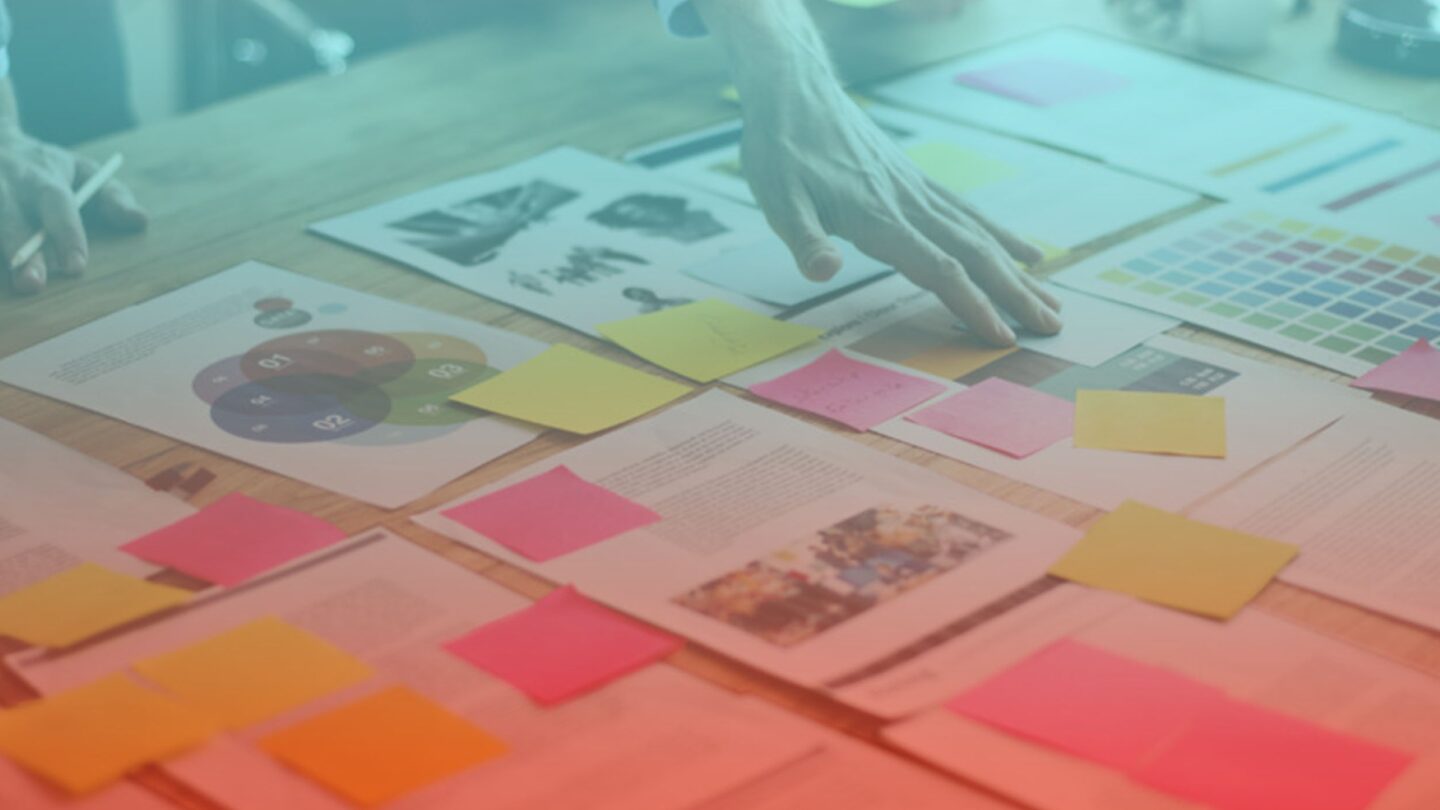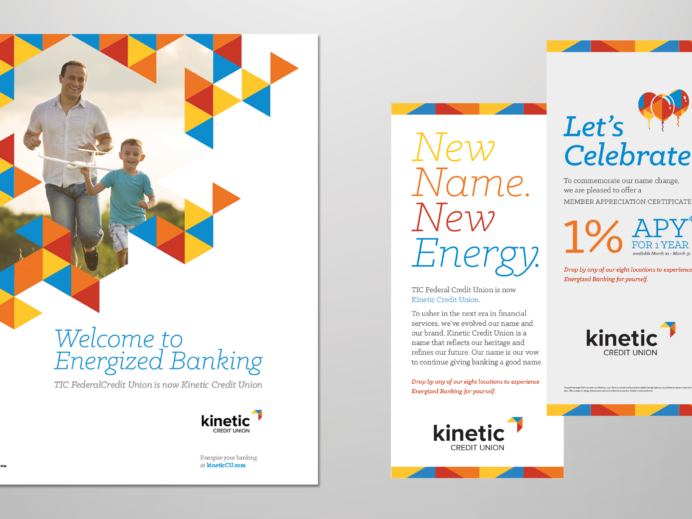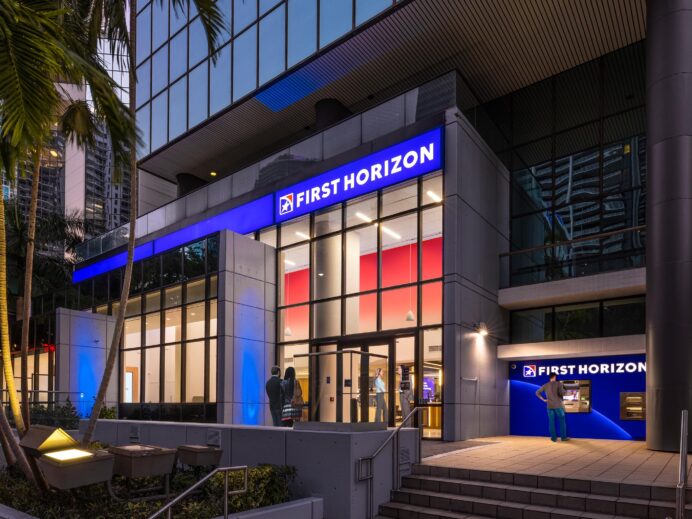I recently came across Dave Holston’s article on LinkedIn “7 Ways to Manage Creative Tension” that addresses the age-old push-and-pull between clients and creatives.
The article cited Peter Senge’s book The Fifth Discipline in describing this creative tension, saying, “The gap between vision and current reality is also a source of energy. If there were no gap, there would be no need for any action to move towards the vision. We call this gap creative tension.” Holston goes on to describe how creatives are quite familiar with the gap, “In fact, to a great degree, designers live and work in the gap.”
This got me thinking about ways that creatives can more effectively harness the power of creative tension in meaningful ways to do better work. It’s easy to fall prey to the “we know best” mentality and wish clients would let us do what we want without restraint because it would turn out better. But that’s not what we’re hired to do. Agencies are hired to create a solution to a business challenge, and must rely on the clients to communicate exactly what their unique challenges are.
The collaborative nature of design can create tension, but it can also create rich opportunities for both clients and designers to dig deeper, communicate more clearly and incorporate diverse perspectives. Our best work actually hinges upon openness from both the creative side and the client side, with a mutual understanding that both are bringing their best talents and skills toward a shared vision of success. In short, we’re both aiming for the bull’s-eye.
Holston’s “Seven Principles for Managing Creative Tension” begins identifying ways to open up the communications process – from stating a problem clearly, choosing a single key fact that reinforces your point, all the way through explaining why a change is necessary. The key here is that when all of these things are done well, they establish what I think is an essential element to achieving your best client work: building trust. Trust certainly isn’t achieved overnight but over time, any successful agency will remind clients that they are there to help and guide them. Some clients can be inherently uncomfortable with the concept of change and this can create our first encounter with creative tension.
So how do we as creative handle this? We simply can’t go into presentations brashly and say, ‘this is what needs to happen now’ without an understanding of their client’s comfort level. In order for clients to be able to embrace new thinking around their business challenges, they have to trust that agencies understand their organization, their customers and marketplace all at once. Not every client is ready for the prime time, miles-outside-the-box solutions. It shouldn’t be a surprise when they choose a more tempered direction. But over time, it is absolutely possible to achieve great work with any client if you manage the gap well enough.
The process of getting clients on board with great work can be almost as satisfying as the creative work itself. Sometimes you’re not just hired to do amazing creative. Sometimes you also have to assure a client they are ready for that amazing creative. This can begin to open the door for designers to slowly expose new things to clients that were originally outside of their everyday routine. As designers, we thrive off being challenged creatively because it’s what drives our inspiration. This is not the case, however, for those who are more left-brained: logical, analytical, and objective. We have to start the conversations where they are most comfortable first – business – and warm them up to the uncomfortable – creative.
Agencies shouldn’t get off the hook too easily either. We should practice what we preach and admit it’s okay to experience a little discomfort as well. Navigating through creative tension requires patience, flexibility and tenacity on the creatives’ side as well. Building trust through communication and collaboration is at the heart of both the customer and client journey. By collaboratively embracing the gap between vision and current reality, we are empowering a dynamic that will result in our best work and our clients’ greatest success. The creative ‘gap’ is not to be avoided, but embraced. Our best work comes from that tension.
Let us know what you think. Use #creativetension to discuss ways to enhance the creative process.




